Chapter 11 Risk and Return: The Capital Asset Pricing Model Key
1. When a security is added to a portfolio the appropriate return and risk contributions are:
A. the expected return of the asset and its standard deviation.
B. the most probable return and the beta.
C. the expected return and the beta.
D. the most probable return and its standard deviation.
Accessibility: Keyboard Navigation
Difficulty: Medium
Learning Objective: 11-03 The Risk and Return for Portfolios
Ross – Chapter 11 #1
2. When stocks with the same expected return are combined into a portfolio:
A. the expected return of the portfolio is less than the average expected return of the stocks.
B. the expected return of the portfolio is greater than the average expected return of the stocks.
C. the expected return of the portfolio is equal to the average expected return of the stocks.
D. there is no relationship between the expected return of the portfolio and the expected return of the stocks.
Accessibility: Keyboard Navigation
Difficulty: Easy
Learning Objective: 11-03 The Risk and Return for Portfolios
Ross – Chapter 11 #2
3. Covariance measures the interrelationship between two securities in terms of:
A. both expected return and direction of return movement.
B. both size and direction of return movement.
C. the standard deviation of returns.
D. both expected return and size of return movements.
E. the correlations of returns.
Accessibility: Keyboard Navigation
Difficulty: Medium
Learning Objective: 11-02 Expected Return; Variance; and Covariance
Ross – Chapter 11 #3
GenLabs has been a hot stock the last few years, but is risky. The expected returns for GenLabs are highly dependent on the state of the economy as follows:
Ross – Chapter 11
4. The expected return on GenLabs is:
A. 20.5%
B. 12.5%
C. 8.5%
D. 3.3%
Difficulty: Medium
Learning Objective: 11-02 Expected Return; Variance; and Covariance
Ross – Chapter 11 #4
5. The variance and standard deviation of GenLabs returns are:
A. 0.042875; 0.2070628.
B. 0.0714612; 8.450.845142.
C. 0.093958; 0.3065169.
D. 0.112750; 0.335809.
Difficulty: Medium
Learning Objective: 11-02 Expected Return; Variance; and Covariance
Ross – Chapter 11 #5
6. Systematic risk is measured by:
A. the mean.
B. beta.
C. the geometric average.
D. the standard deviation.
Accessibility: Keyboard Navigation
Difficulty: Easy
Learning Objective: 11-06 Diversification: An Example
Ross – Chapter 11 #6
7. If the correlation between two stocks is -1, the returns:
A. generally move in the same direction.
B. move perfectly opposite one another.
C. are unrelated to one another as it is <0.
D. have standard deviations of equal size but opposite signs.
Accessibility: Keyboard Navigation
Difficulty: Medium
Learning Objective: 11-02 Expected Return; Variance; and Covariance
Ross – Chapter 11 #7
8. Stock A has an expected return of 20%, and stock B has an expected return of 4%. However, the risk of stock A as measured by its variance is 3 times that of stock B. If the two stocks are combined equally in a portfolio, what would be the portfolio’s expected return?
A. 20.0%.
B. 4.0%.
C. 12.0%.
D. Greater than 20%.
Accessibility: Keyboard Navigation
Difficulty: Medium
Learning Objective: 11-03 The Risk and Return for Portfolios
Ross – Chapter 11 #8
Idaho Slopes (IS) and Dakota Steppes (DS) are both seasonal businesses. IS is a downhill skiing facility, while DS is a tour company that specializes in walking tours and camping. The equally likely returns on each company over the next year is expected to be:
Ross – Chapter 11
9. The means of IS and DS are:
A. 4.4%; 4.6%.
B. 5.5%; 5.75%.
C. 10%; 6%.
D. 4%; 6%.
Difficulty: Medium
Learning Objective: 11-02 Expected Return; Variance; and Covariance
Ross – Chapter 11 #9
10. The variances of IS and DS are:
A. .0145; .00038.
B. .011584; .000304.
C. .006454; .000154.
D. .0008068; .000193.


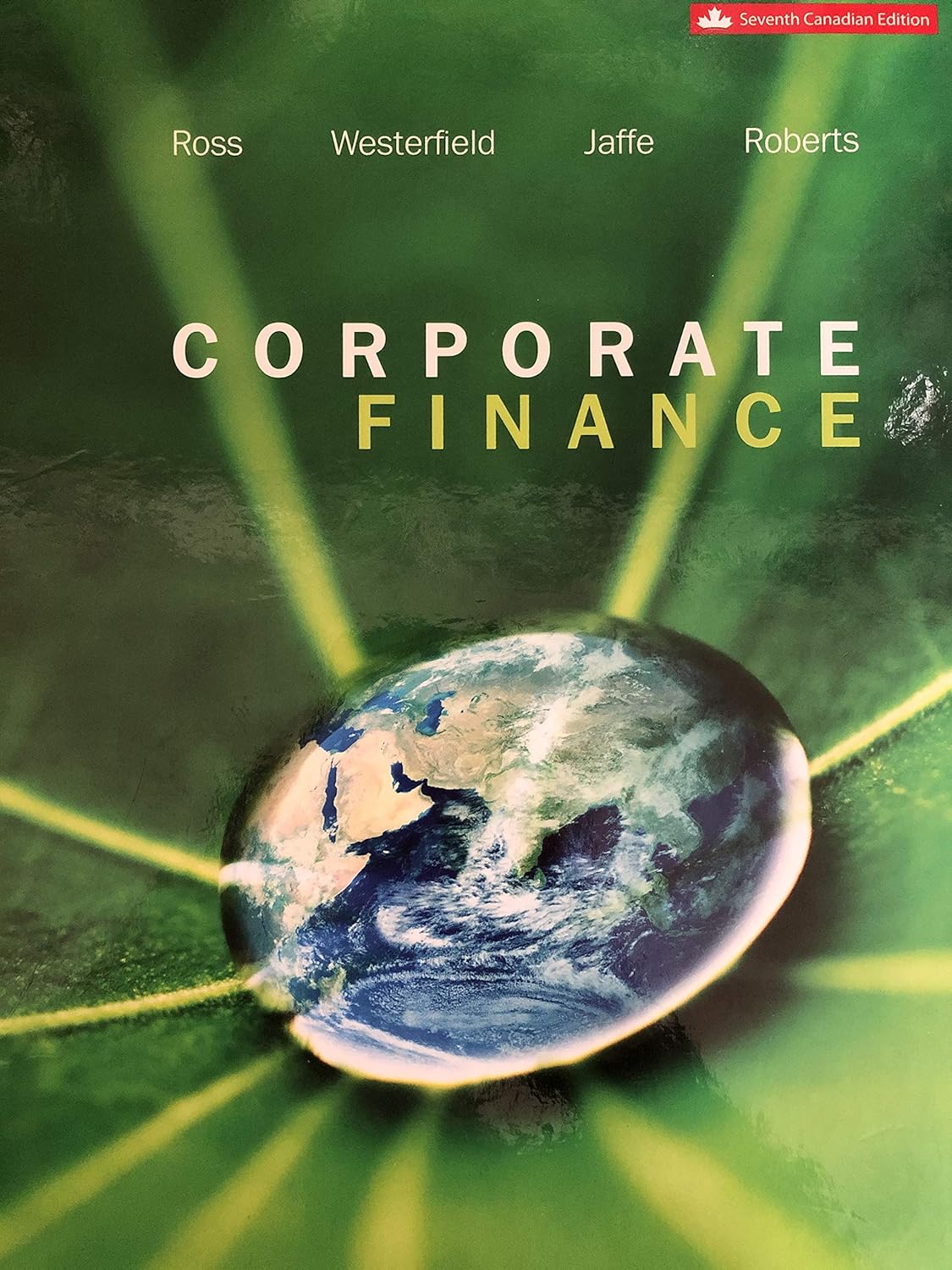
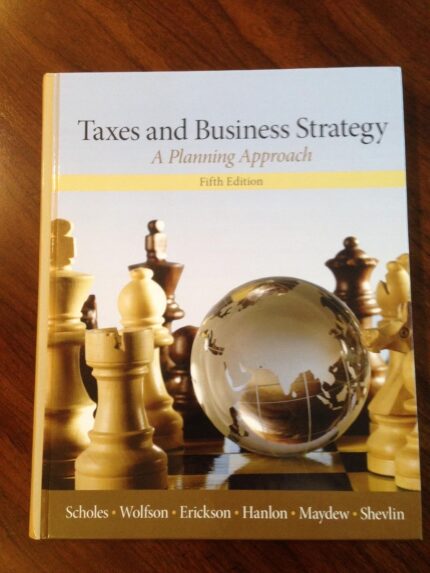


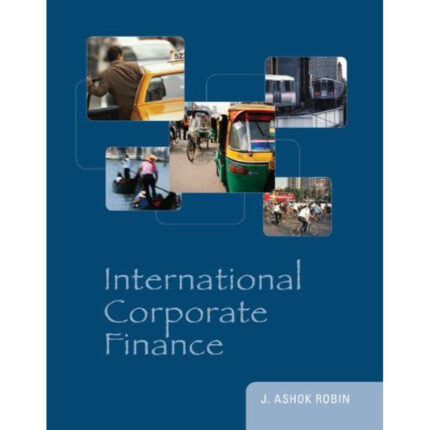

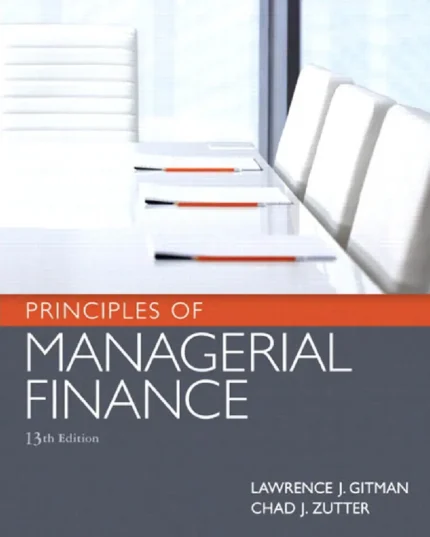
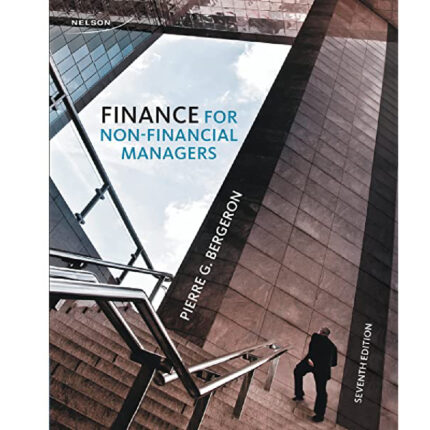

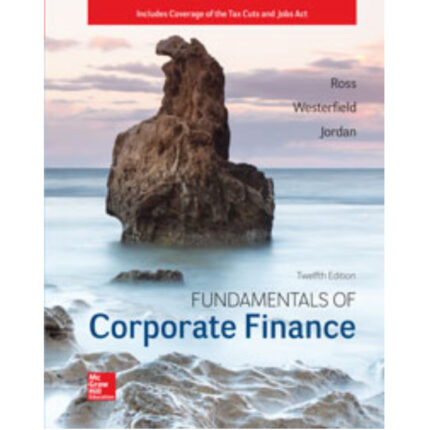

Reviews
There are no reviews yet.